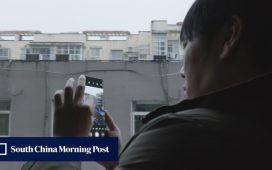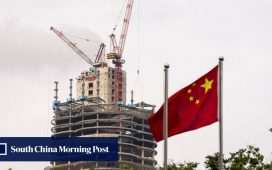SINGAPORE – Issues of race and religion cannot be dealt with by taking a laissez-faire, race-blind approach, said Law and Home Affairs Minister K. Shanmugam on July 1, adding that Singapore intervenes heavily to ensure social cohesion and has “a tough set of laws” to deal with the minority who choose to be nasty towards people with different characteristics.
In a world fraught with racial and religious tensions, the Republic – despite its status as one of the most religiously diverse places in the world – is an outlier not by chance, and the peace and harmony found here has to be attributed to its near-zero tolerance for hate and offensive speech, he noted.
At a forum on non-violent ethnic hostilities jointly organised by the Ministry of Home Affairs and the Institute of Policy Studies under the Lee Kuan Yew School of Public Policy, Mr Shanmugam spoke of other countries’ experiences managing ethnic hostilities, then detailed Singapore’s approach and laid out future challenges for the nation.
The majority of people in every society exercise restraint and treat those of other ethnicities and religions with civility, he said. But if the minority who do not are not dealt with under the law, they will eventually set the tone for an increasing number in the population.
While they might not move a majority in society, this is enough to polarise society and create enough hostility to incite violence, he added.
To stop this from happening, Singapore has, among others, the Maintenance of Religious Harmony Act, which grants authorities the powers to issue a Restraining Order against clerics who engage in inflammatory speech.
On top of the legal framework, the Government heavily intervenes to promote social cohesion and ensure that government policy is not organised around ethnic lines, he said.
Mr Shanmugam borrowed the example of Singapore’s ethnic integration policy (EIP) in public housing, saying that allowing natural market forces to take hold would see neighbourhoods with more expensive flats, such as Ang Mo Kio and Bishan, populated with 90 to 95 per cent Chinese.
Introduced in 1989, the EIP sets ethnic quotas on flat ownership within each HDB block and neighbourhood to prevent ethnic enclaves from forming. About 75 per cent of the Singapore population are ethnic Chinese.
The government had swum against the natural current “at some political cost”, Mr Shanmugam added, noting that many people mischaracterise the policy as being against minorities, as it means that minority ethnic groups cannot sell their flats to a larger segment of the population.
Beyond enclaves, the consequence of allowing segregation to take place along ethnic lines will lead to schools becoming segregated over time as well, affecting integration, he said.
Mr Shanmugam also argued that Chinese, Malay, Indian and Others (CMIO) classification on identity cards should stay, although there had been calls to do away with it.
“Isn’t it better to understand that there are differences, and then deal with those differences… Capture the data and see the progress of the different communities, try and bring everybody up and, at the same time, overlay it with a Singaporean identity. Aren’t we stronger for that?” he said.
The CMIO classification is not intended to create division, but to help the Republic build a stronger and more united society, as well as to reduce ethnic tension, he added.







